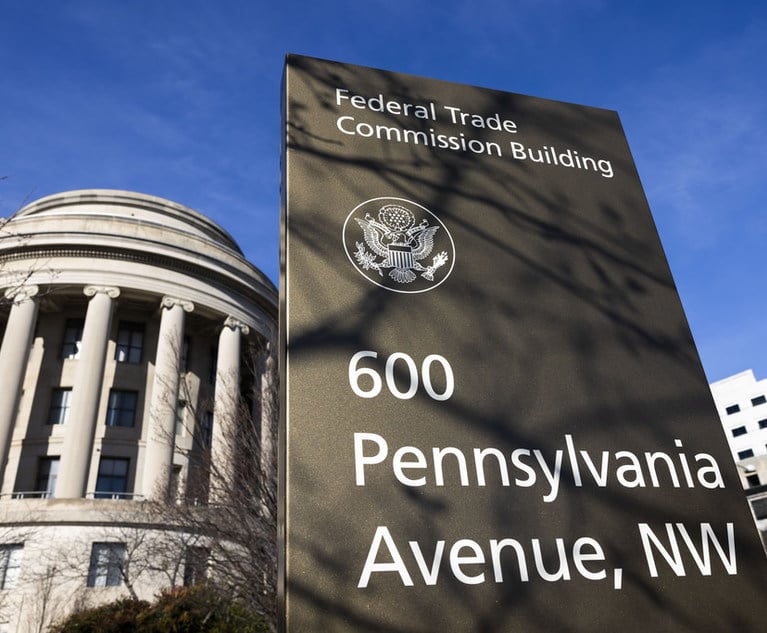Last April, the Court of Appeals ruled in Rodriguez v. City of New York, 31 N.Y.3d 312 (2018) that the personal injury plaintiff therein was not required to prove his freedom from comparative negligence in order to obtain partial summary judgment on the issue of the defendant’s liability. Since that time, much has been written, in these pages and elsewhere, concerning the ruling. David Paul Horowitz, “Burden Back Where It Belongs, but Barely,” NY St. B.J. (Part I, May 2018; Part II, June 2018; Part III, July/August 2018); Patrick M. Connors, “Procedural Decisions: Something for Everyone,” NYLJ (Aug. 17, 2018); Jeffrey S. Lichtman and Richard A. Menchini, “Court Addresses Wide Spectrum of Unresolved Issues in Tort Law,” NYLJ (Aug. 17, 2018); Robert L. Fellows and Daniel Justus Solinsky, “Navigating the Waters in the Wake of ‘Rodriguez,’” NYLJ (July 25, 2018); Joshua Kelner, “An Analysis of the Court of Appeals’ Decision in ‘Rodriguez v. City of New York,’” NYLJ (May 1, 2018). However, the decision’s impact on construction accident litigation has, to the best of my knowledge, not been discussed.
Although Rodriguez did not arise from a construction accident, the decision indeed affects construction accident litigation. In this article, I will briefly review Rodriguez itself, the ruling’s general impact on personal injury litigation, and its particular impact on construction accident litigation.


 Brian J. Shoot
Brian J. Shoot




